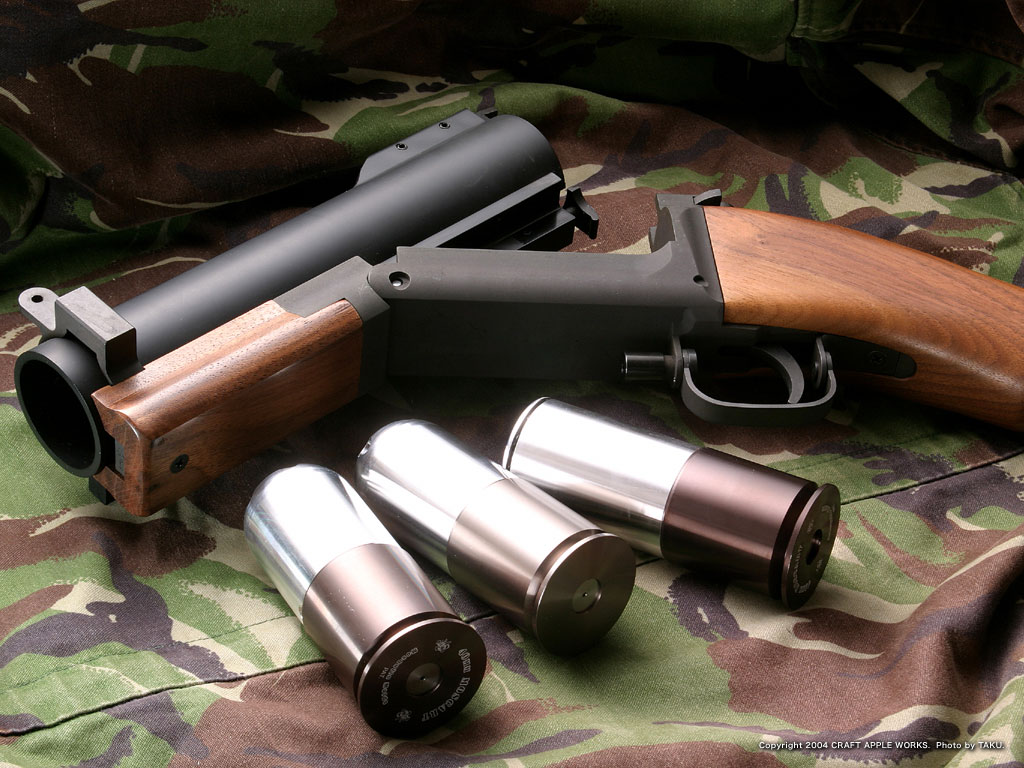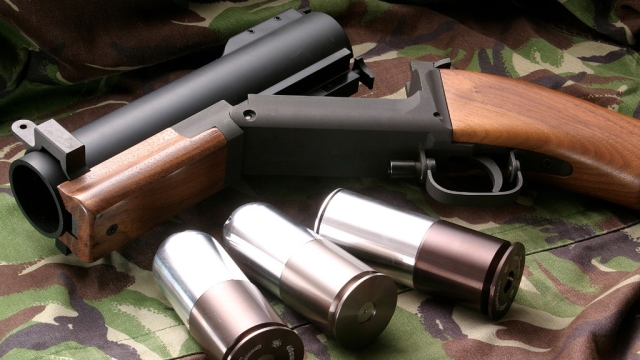Welcome to the fascinating world of firearms, where the combination of craftsmanship, technology, and history blend into a powerful force. Firearm enthusiasts are captivated by the intricate designs, the precision engineering, and the versatility offered by these remarkable weapons. Whether you see them as tools of self-defense, sporting equipment, or a nod to the past, firearms hold a significant place in our society, igniting debates and stirring emotions along the way.
At the heart of firearms lies the ammunition, an essential element that brings these machines to life. The science behind ammunition is a careful balancing act between power, accuracy, and reliability. From the different calibers to the array of bullet types, understanding and choosing the right ammunition can make all the difference between hitting the mark or falling short. As we delve deeper into the world of firearms, we will explore the various components of ammunition and gain insight into how they contribute to the performance of these weapons.
As the 21st century continues to unfold, firearms remain at the center of discussions surrounding personal safety, national security, and recreational pursuits. Join us as we embark on an exploration of firearms, examining the history, mechanics, and evolving role of these formidable instruments. Whether you are a seasoned firearm enthusiast or simply curious about this multifaceted topic, this article will offer a comprehensive overview of the captivating world of firearms.
View Details
Understanding Ammunition
A crucial aspect of firearms is understanding the ammunition they use. Ammunition refers to the cartridges that contain the essential components for a firearm to function. These components typically include a bullet, propellant, and a primer.
The bullet is the actual projectile that is fired from the firearm. It is often made of lead or a lead-core encased in a jacket. The size and shape of the bullet can vary depending on the intended purpose, such as self-defense, hunting, or target shooting.
Propellant, commonly known as gunpowder, is what generates the force needed to propel the bullet out of the firearm. Different types and amounts of propellant can impact the speed, power, and accuracy of the bullet.
The primer is a small, sensitive explosive compound located at the base of the cartridge. When struck, the primer ignites the propellant, which in turn propels the bullet forward. The primer plays a crucial role in initiating the firing sequence and ensuring the cartridge functions as intended.
Understanding the components of ammunition is vital for safely handling and operating firearms. Proper knowledge and respect for ammunition can lead to responsible firearm usage and enhanced shooting experiences.
Types of Firearms
Firearms come in various types, each with its own unique features and purposes. In this section, we will explore some of the most common types of firearms and their characteristics.
Handguns
Handguns are firearms designed to be held and operated with one hand. They are typically smaller and more compact than other types of firearms. Handguns are commonly used for personal defense, law enforcement, and concealed carry. They can be further categorized into two main types: revolvers and semi-automatic pistols.
Revolvers
Revolvers are firearms that have a rotating cylinder holding multiple chambers for ammunition. Each chamber holds a single round, and when the trigger is pulled, the cylinder rotates to align a new chamber with the barrel for firing. Revolvers are known for their simplicity, reliability, and ease of use.
Semi-automatic pistols
Semi-automatic pistols are handguns that use the energy from the fired round to automatically cycle the action and chamber a new round. They typically have a magazine that holds multiple rounds and can be quickly reloaded. Semi-automatic pistols are popular for their higher ammunition capacity and often have a lighter trigger pull compared to revolvers.
Rifles
Rifles are firearms designed to be fired from the shoulder, with a longer barrel and stock for stability. They are known for their accuracy and effective range. Rifles can be further classified into two main categories: bolt-action rifles and semi-automatic rifles.
Bolt-action rifles
Bolt-action rifles require manual operation to cycle the action and chamber a new round. After each shot, the shooter manually lifts and pulls back the bolt to eject the spent casing, and then pushes it forward to load a fresh round. Bolt-action rifles are favored by hunters and precision shooters for their inherent accuracy and reliability.
Semi-automatic rifles
Semi-automatic rifles, also known as self-loading rifles, are firearms that automatically cycle the action and load the next round after each shot. They can fire a round with each pull of the trigger until the magazine is empty. Semi-automatic rifles are commonly used for a variety of purposes, including hunting, sport shooting, and self-defense.
Shotguns
Shotguns are firearms designed to fire a pattern of small projectiles, typically called shot, from a smoothbore barrel. They are often used in sport shooting, hunting, and home defense. Shotguns can be further categorized into pump-action shotguns and semi-automatic shotguns.
Pump-action shotguns
Pump-action shotguns require the shooter to manually operate the pump or slide mechanism to chamber a new round after each shot. By moving the pump forward and backward, the shooter can eject the spent casing and load a fresh round into the chamber. Pump-action shotguns are praised for their reliability, versatility, and ability to handle different types of ammunition.
Semi-automatic shotguns
Semi-automatic shotguns, as the name suggests, automatically cycle the action and load a new round after each shot. They offer a faster rate of fire compared to pump-action shotguns and are popular among sport shooters and hunters. The semi-automatic operation allows for quicker follow-up shots, making it well-suited for shooting moving targets.
Safety and Responsible Firearm Ownership
The safety and responsible ownership of firearms are of utmost importance when it comes to the world of firearms. As gun enthusiasts, it is our duty to prioritize safety and ensure that firearms are handled responsibly at all times.
To begin with, proper education and training are essential for anyone who owns or handles a firearm. It is crucial to understand the basic principles of firearm safety, including how to properly load and unload a firearm, how to store it safely, and how to handle it with care. By investing time in acquiring this knowledge, we can minimize the risk of accidents and protect ourselves and those around us.
Furthermore, it is vital to emphasize the need for secure storage of firearms. Properly storing firearms in a locked cabinet or safe not only prevents unauthorized access but also reduces the likelihood of theft or misuse. By ensuring that firearms are securely stored, we can contribute to the overall safety of our communities and help prevent firearms from falling into the wrong hands.
Lastly, responsible firearm ownership includes being aware of local laws and regulations. Different jurisdictions have varying requirements and restrictions when it comes to owning and carrying firearms. It is essential to familiarize ourselves with the laws in our area and adhere to them accordingly. This shows respect for the legal framework that governs firearms and helps maintain a responsible and lawful firearm community.
In conclusion, safety and responsible firearm ownership go hand in hand. By prioritizing proper education, secure storage, and compliance with regulations, we can contribute to a society where firearms are used responsibly and accidents are minimized. Let us remember that with the privilege of owning firearms comes the responsibility to prioritize safety at all times.



